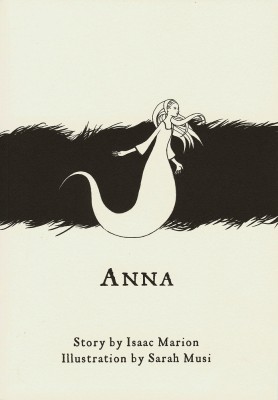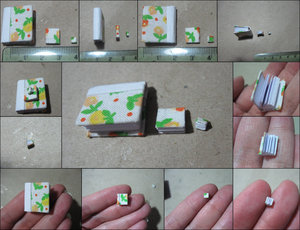Date Read: 6.13.09
Book From: Borrowed from Kakaner
Reviewer: Emera
The DC collection Harley and Ivy (writing by Paul Dini & Judd Winick, art by Bruce Timms, Joe Chiodo, Shane Glines) collects three pretty mindlessly entertaining Batman story arcs starring villainesses Harley Quinn and Poison Ivy, all based on episodes from Batman the animated series, though kicked up with darker touches and sexual innuendo. In “The Bet,” Harley makes a bet that Ivy can’t win a kiss from every man in Arkham Asylum, only to have the bet backfire on her when her main man, the Joker, joins the list of kiss-ees. In “Love on the Lam” (which was so unmemorable that I couldn’t even remember it without a little boost from Amazon), Harley once again attempts to get back into the Joker’s good graces by pulling off a heist of her own, enlisting Ivy’s help to do so. In “Harley and Ivy,” the gals pack off to South America in order to recover a specimen of a rare zombie root central to Ivy’s newest plan for world domination. From there, they make their way to Hollywood, where they begin filming a big-budget, diamond-studded movie glorifying their own escapades. Catfights, shower scenes, and gay lumberjack encounters ensue.
Overall, very silly and rife with absolutely shameless fanservice. The stories themselves are hardly memorable and simply retread Harley and Ivy’s well-established character dynamics (bubbly and annoying vs. sultry and sarcastic), but the fluid, expressive art, either by Timms himself or styled after his work on the series, and madcap humor make for a fun, quick read. If you’re a Harley/Ivy fan (as both Kakaner and I are), this is worth a look, so long as you’re not expecting masterful storytelling or anything. This is one of those books that makes you laugh so hard your brain hurts, with you feeling slightly the worse for it afterwards.
Go to:
Paul Dini
Bruce Timms



